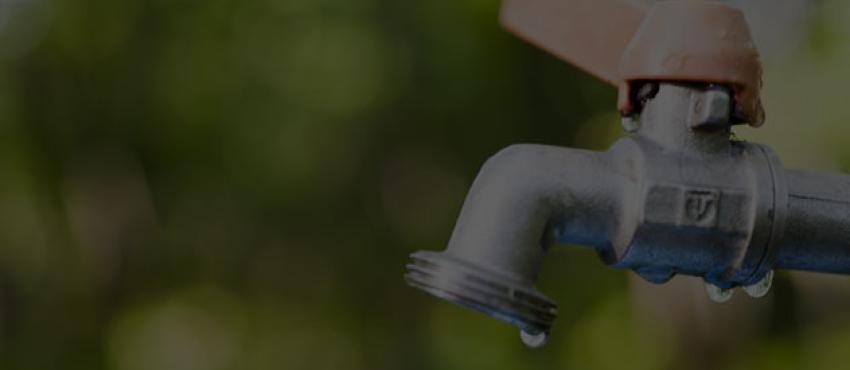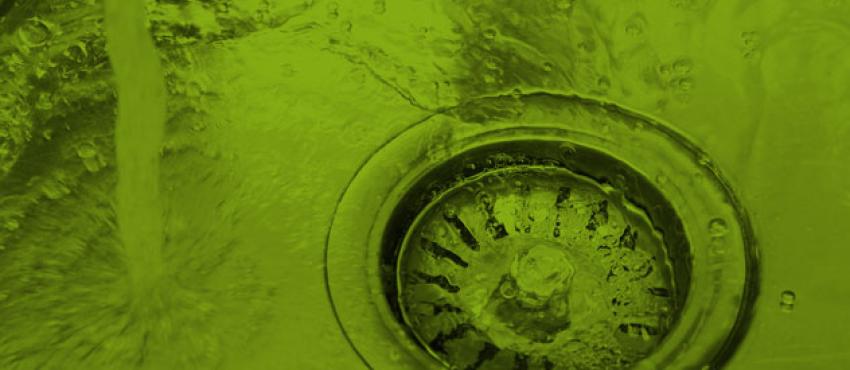Backflow Prevention
What Is Backflow?
Backflow is the undesirable reversal of flow from the intended direction in potable (drinking) water distribution piping caused by either backsiphonage or backpressure conditions.
What is a backflow prevention assembly, and do I need one?
What if my home has pressurized irrigation?
When an alternate source such as pressurized irrigation, private well, or any other non potable source is directly tied into your potable water service a Reduced Pressure Backflow Assembly is required to be properly installed and annually tested. If the potable water supplied by Veolia and the alternate source are physically disconnected a backflow assembly may not be required.
How do I get my backflow assembly tested?
How am I at risk if there is a backflow incident?
If there is a backflow or backsiphonage event at your property, you could pollute or contaminate our drinking water. Non-treated water from an irrigation canal or water pooled around a sprinkler head with fertilizer on it are common potential threats to our water distribution system when the appropriate backflow assembly is not correctly installed and operational.
Also, if you use your hose to fill a wading pool or hot tub, a reversal of the water flow could siphon pool or spa chemicals back through the garden hose and into your internal plumbing. Garden hoses that are used to apply chemical fertilizers or pesticides are also susceptible to drawing contaminants into your home. If your home was built after 1985, it should be equipped with backflow-preventing hose bibs.
If your home is older, we recommend the proper protection for outside faucets has been installed. If there is a backflow incident at just one home in a neighborhood, there is the potential for pollutants or contaminants to spread into the public water supply, threatening your community. A properly operating backflow assembly can help prevent this.
If you have any additional questions, please contact us. Our Cross-Connection Control team can provide you with information about approved devices and their installation as well as ongoing test requirements. Call 208-362-7304 to schedule an appointment.


